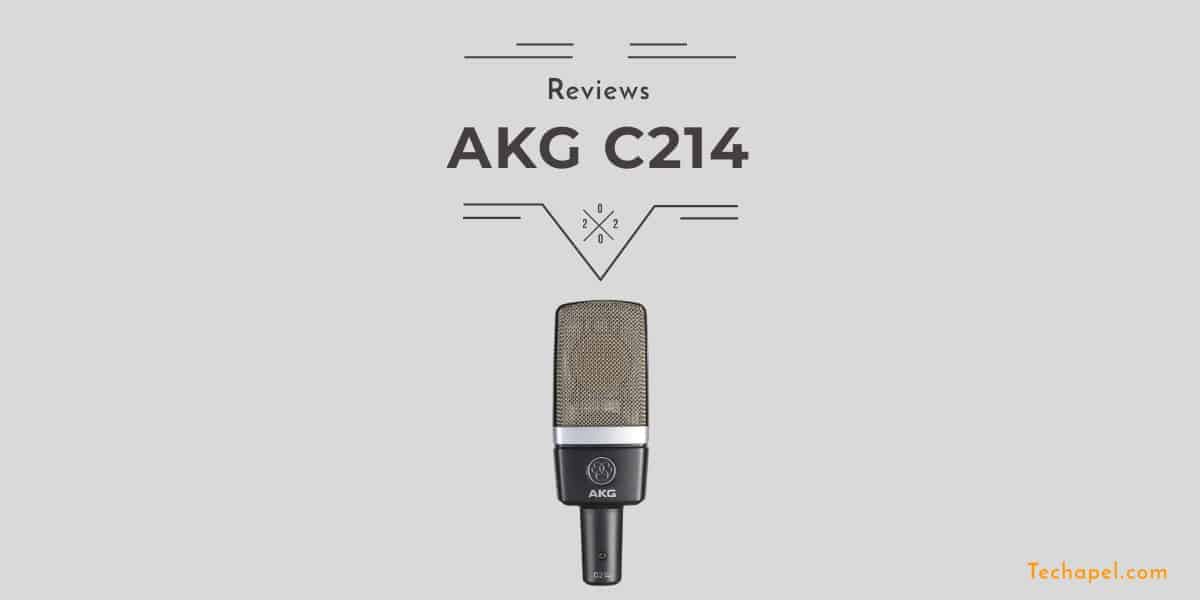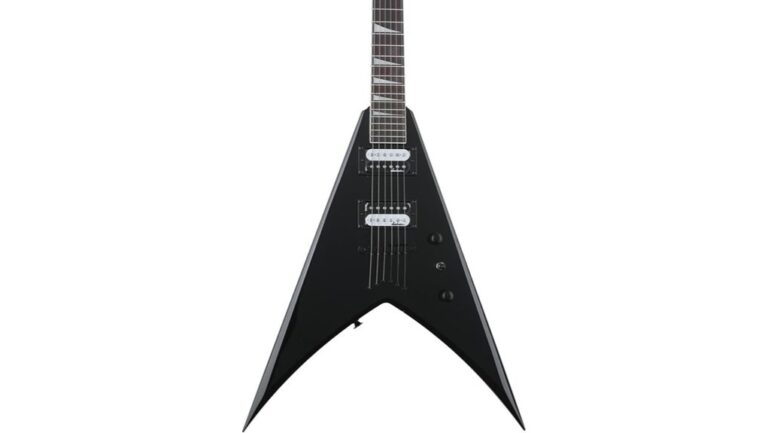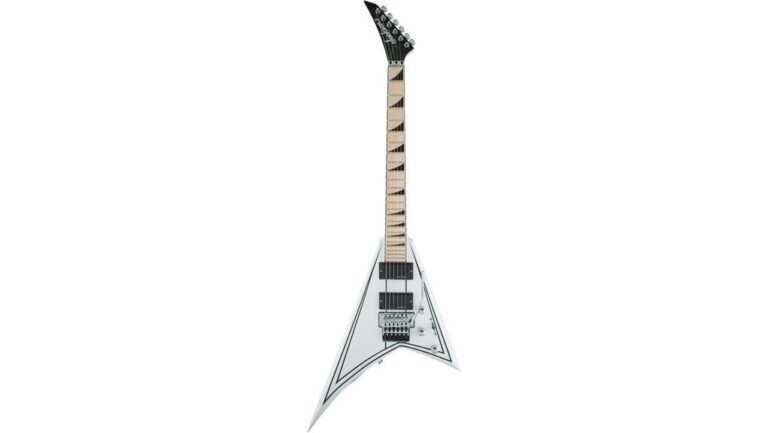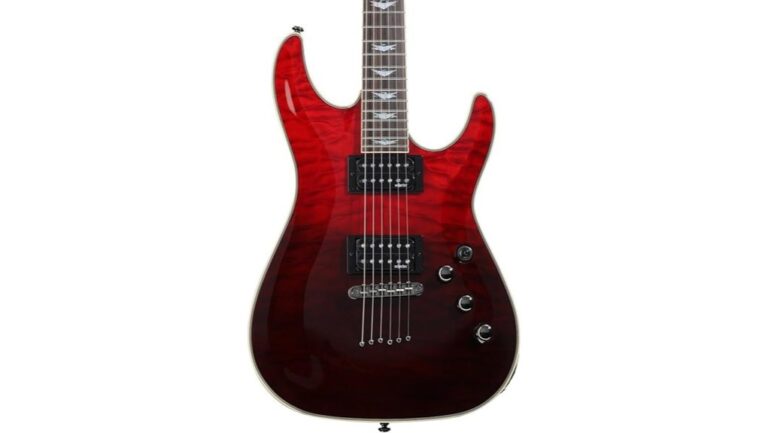
Anything related to tech, for a beginner, especially in a religious gathering, can be hard to find.
Especially with a wide range of products in the market, it was quite a challenge for me to find the perfect microphone.
After thorough analysis and trials, here is a mic that will cater to your requirements and provide a quite experience. Here we have a review of AKG C214 to find out the performance and pros of this mic. So, let’s get to it!
Things to keep in mind before buying a mic
There are quite a few factors that you should consider before purchasing a microphone.
Choosing the right kind of mic
The unique technology in various types of microphones can contribute to a wide range of audio recording qualities, so it is important that we understand what each type of microphone offers.
- Dynamic Microphones are primarily mini-loudspeakers. In these microphones, electrical signals are turned in the other direction. Dynamic Microphones transform sound waves into electricity.
You will find a wire spindle next to the magnet inside any dynamic mic. The spiral vibrates as sound waves strike the magnet. This provides a power supply from a wire from the microphone and in.
- Look in a condenser microphone, and you can see a design much more complicated than a dynamic microphone. This microphone can produce an audio signal that’s stronger and more receptive than the dynamic cousin. That’s why condenser microphones are mostly used to capture acoustic instruments’ subtle sounds.
However, there are also limitations to all this extra sensitivity. Any condenser microphone has two condenser plate systems that require external power instead of the wire belt. This requires that the microphone be connected to a mixer or other powered device through an XLR cable to provide what is called “phantom control.”
Getting the correct verbosity (polar patterns)
The directionality of a microphone explains how the sound is received in different directions. Whereas some microphones simply capture sound simultaneously from each direction, most microphones are restricted to a single direction that you can use while recording to your advantage.
- Omnidirectionality: These sound gathering microphones in all directions. They are usually used for broadcasting or reporting instead of music because they are vulnerable to unnecessary background noise.
- Cardioid: literally, the word cardioid is “heart-shaped.” Cardioid. Cardioid mics are the most widely used mics, mostly from the front pointing from the microphone and sometimes slightly from the sides.
- Bidirectional: This pattern takes sound from two opposite sides of the microphone.
- Directionality variable: Some mics can switch between directions. This offers more flexibility than usual microphones.
Frequency response
Frequency response refers to how well the microphone components can replicate the signals it receives.
The way in which a microphone will transmit the signal is measured is what we consider as a frequency response diagram. If a certain signal note tends to be much weaker than the amplifier, it is perceived as a tiny snap in the diagram. It is visualized as a small hump if it comes in stronger than it has been added.
Presenting the AKG C214
AKG defines it as a more rationalized variant of the C414, primarily the one-diaphragm configuration of the C214 and the only polar cardioid pattern. Interestingly, the C214 is common among those who are interested in a fast and simple to configurable solution among vocal recording.
The low-cut philters of the microphone often make it viable to mike sound devices and other non-sound sources. While most of us like C414 for vocal recording, AKG’s C214 has the same merit. The C414 is a condenser mic for a long time to sing, but the C214 is the all-rounder.
Pros
- Durable and lightweight
- Wide responsive diaphragm.
- 1-inch high-end size.
- Awesome dynamic and transient response.
- Low autonomous noise.
- The vocal intensity of the hard-hitting sound.
- A shock, windscreen, and protective case for safety.
- Affordable rates.
Cons
- Lightly enhanced at the top, it makes a few voices harsh
- Sound can color
- Proper amount of shock required
Features of the product
The mic has a wide array of features that makes it a quality buy in this category. Here are some of the top features of the AKG C214.
Design and Built
This cardioid microphone was designed with great efficiency. The retro-style offers attractive aesthetics and is also reasonably long-lasting for an inexpensive model.
The building has an all-metal structure, which enables you to travel with it. To retain its sturdy built, the grill is double-mashed. The die-cast body avoids radio frequency interference. It is also resistant to damage and scratching.
Frequency range
The model also sports a bass roll-off switch to avoid any low-end rumbles that might ruin your recording. At 160Hz, the roll-out is decreased so that you can mic a chute closer to the floor without any transferred vibrations.
From 20-20000Hz, the frequency response range. The curve is attractive from 60 to 1000Hz and steadily decreases from 1000 to 2500Hz. It lifts and curves higher from that area. This gives the vocals a precise sound level and enhances their presence.
Frequency Response
The frequency response of the AKG C214 is reasonably smooth, rolls off the low-end nicely, and of course, about 60Hz or better using the low-pass filter of 160Hz. With the low move, you get a very normal answer because the attenuation is very gentle.
There is, however, a large rise in high frequency about 15kHz, which can be helpful when a mix is cut, and it sounds more animated.
The range of 143dB, which provides an overwhelming temporary response, is also very complex.
Polar patterns – AKG C214 Review
AKG C214 has a well-developed cardioid polar style, which is smooth. The response is very linear and gives a wide microphone coverage. This makes it easier for your voice talent to step in front of the mic and feel relaxed without being afraid to mix the recordings in the field.
This helps you to reduce your gain, if possible, by using the SPL handling to the 156dB level, which is good for noisy instruments like drums. It also helps you to relax if you are playing a very warm or heavy instrument.
Microphone Shock Mount Profile
This microphone sells to it with a sturdy and roadworthy case. Alongside the example, an H85 shock mount and a W214 windscreen of high quality also provide additional value for the already affordable tag.
The AKG C214 is not only suitable for voicing but also for recording devices or arrays from a very near range, thanks to its flat and low-profile designs. Owing to its flat shape, no space is wasted. As a bonus, the mounting of the shock is also very nice, which provides excellent versatility without compromise.
1-inch Capsule
The C214 essentially uses a large-diaphragm capsule with a 1-inch edged finish that offers a very accurate up-front sound. This can handle incredible 143dB dynamic ranges.
It also contains an integrated suspension capsule that eliminates mechanical sound and vibration and further improves sonic precision. A high level of RF protection in the all-metal die-cast body with shock and scratch-resistant, greyish-blue, finish with a sturdy, double-gritter grill to protect the container.
The C214, along with very high headroom, has an extremely low self-noise of just 13dB(A) and operates with phantom power supplies of 12 to 52V.
Customer Reviews
Customer ratings are the best tool to evaluate a product. You will find most of these encouraging as you click through the consumer feedback of the mic. You should then expect the mic to satisfy all of the above.

and

Alternatives – AKG C214 Review
Finding a good microphone is a challenge, and the AKG C214 might not have everything you need. There are three alternatives listed below.
- The C214 is a 414 model and is a more recent, inexpensive choice. This indicates that it is smaller than the C414 in nearly all regions. However, its inferiority is not too dramatic, but it is still a very good microphone even though it has a separate capsule and gap. If the sound of the 414 is 10/10, then its counterpart will be slightly lower.
- Like AKGC214, Rode NT1-A is not a cheap condenser microphone and is practically equivalent to pricey microphones. It will also record the minor noise in your lab, in your machine, in the A / C, etc., to ensure you recorded it in a well-insulated and un-echoed space.
- Shure KSM32 is also one of the good alternatives and certainly more features that make the sound sharp.
Final Verdict
For anyone whose budget is not to be expanded to AKG C414, the AKG C214 is a good option. It’s a cheaper microphone, but its strengths aren’t diminished. In some cases, as we have figured out, it can also be a little easier than others.
The fact that the serious home record is able to validate some of the charms of the C414 is impressive for AKG, both its records and its heritage are preserved by AKG C214. It’s a genuine mic with credentials and efficiency of world-class.



